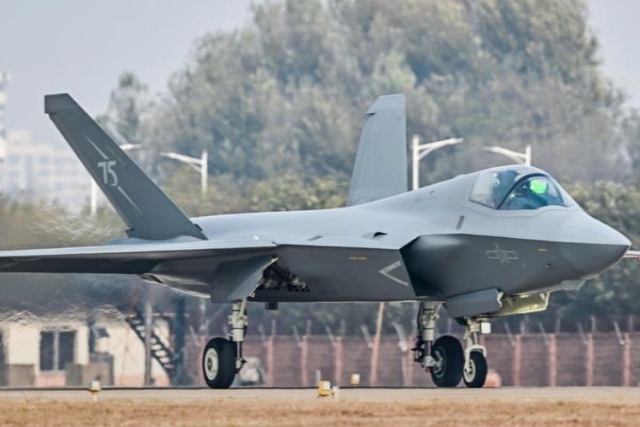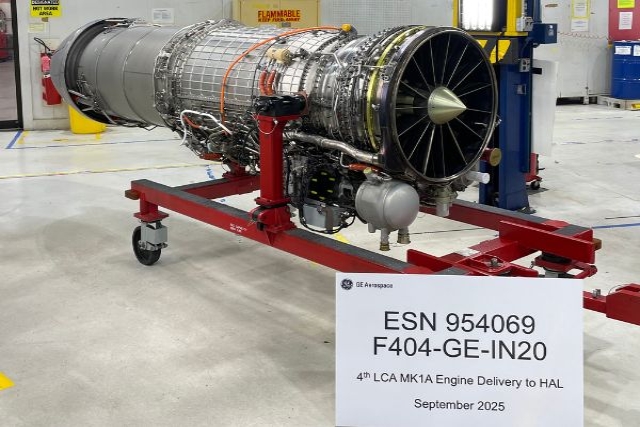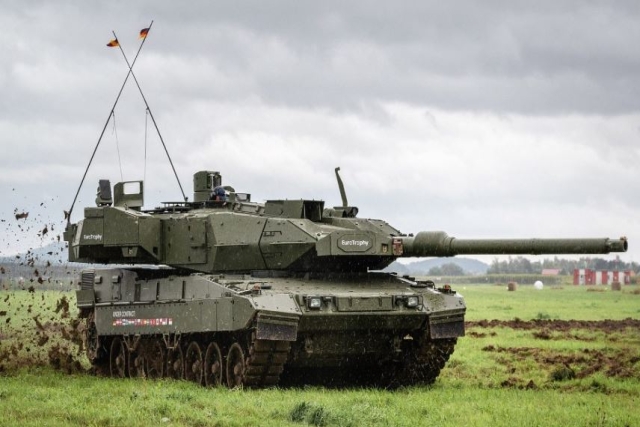UK-built Taranis Unmanned Aircraft Proves Successful
BAE Systems has revealed the successful first flight trials of Taranis, the stealthy unmanned combat vehicle, conducted last year.
Taranis, named after the Celtic god of thunder, made its maiden flight at an undisclosed test range on Saturday 10th August 2013, under the command of BAE Systems’ test pilot Bob Fraser. The demonstrator aircraft made a perfect take-off, rotation, ‘climb-out’ and landing on its 15 minute first flight. A number of flights took place last year, of up to one hour in duration and at a variety of altitudes and speeds. The details were revealed at a briefing held in London today.
The Taranis demonstrator is the result of one-and-a-half-million man hours of work by the UK’s leading scientists, aerodynamicists and systems engineers from 250 UK companies. The aircraft has been designed to demonstrate the UK’s ability to create a unmanned air system which, under the control of a human operator, is capable of undertaking sustained surveillance, marking targets, gathering intelligence, deterring adversaries and carrying out strikes in hostile territory.
The findings from the aircraft’s flight prove that the UK has developed a significant lead in understanding unmanned aircraft which could strike with precision over a long range whilst remaining undetected. The technological advances made through Taranis will also help the UKMOD and Royal Air Force make decisions on the future mix of manned and unmanned fast jet aircraft and how they will operate together in a safe and effective manner for the UK’s defences.
Costing £185 million and funded jointly by the UK MOD and UK industry, the Taranis demonstrator aircraft was formally unveiled in July 2010 but only a very limited number of scientists and engineers have ever been given full access to the top secret aircraft. Initial ‘power-up’ or ground testing commenced later in 2010 at BAE Systems’ military aircraft factory in Warton, Lancashire followed by a comprehensive and highly detailed programme of pre-first flight milestones including unmanned pilot training, radar cross section measurements, ground station system integration and, in April 2013 taxi trials on the runway at Warton.
The aircraft and its ground station were then shipped from Warton to the test-range before being re-assembled and undergoing systems and diagnostics checks. Taranis then made a number of high speed taxi tests in July before its maiden flight in August 2013.
Philip Dunne, Minister for Defence Equipment, Support and Technology said, "Taranis is providing vital insights that will help shape future capabilities for our Armed Forces in coming decades. Its advanced technology is testament to the UKs world leading engineering skills that keep Britain at the cutting edge of defence."
Commenting on behalf of the industry team, Nigel Whitehead, Group Managing Director of BAE Systems added: “The first flight of Taranis represents a major landmark for UK aviation. The demonstrator is the most advanced air system ever conceived, designed and built in the UK. It truly represents an evolution of everything that has come before it. This milestone confirms the UK's leading position as a centre for engineering excellence and innovation.”
About the size of a BAE Systems Hawk aircraft - Taranis has been designed and built by BAE Systems, Rolls-Royce, the Systems division of GE Aviation (formerly Smiths Aerospace) and QinetiQ working alongside UK MOD military staff and scientists.
In addition to prime contracting the project, BAE Systems led on many elements of the Taranis technology demonstrator, including the low observability, systems integration, control infrastructure and full autonomy elements (in partnership with QinetiQ).










